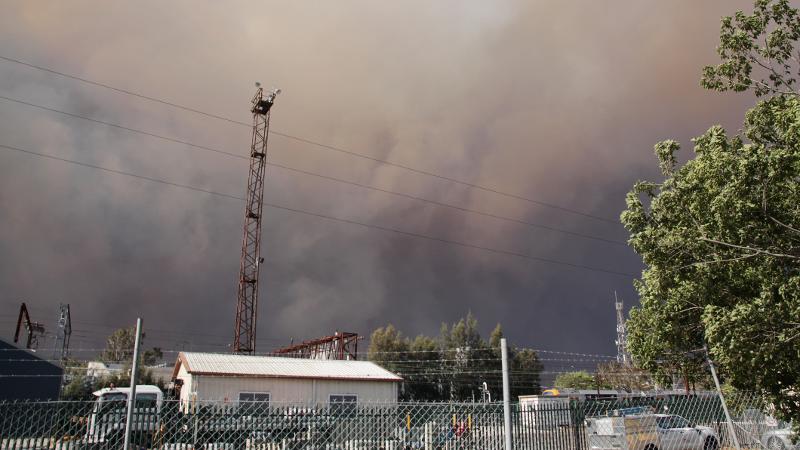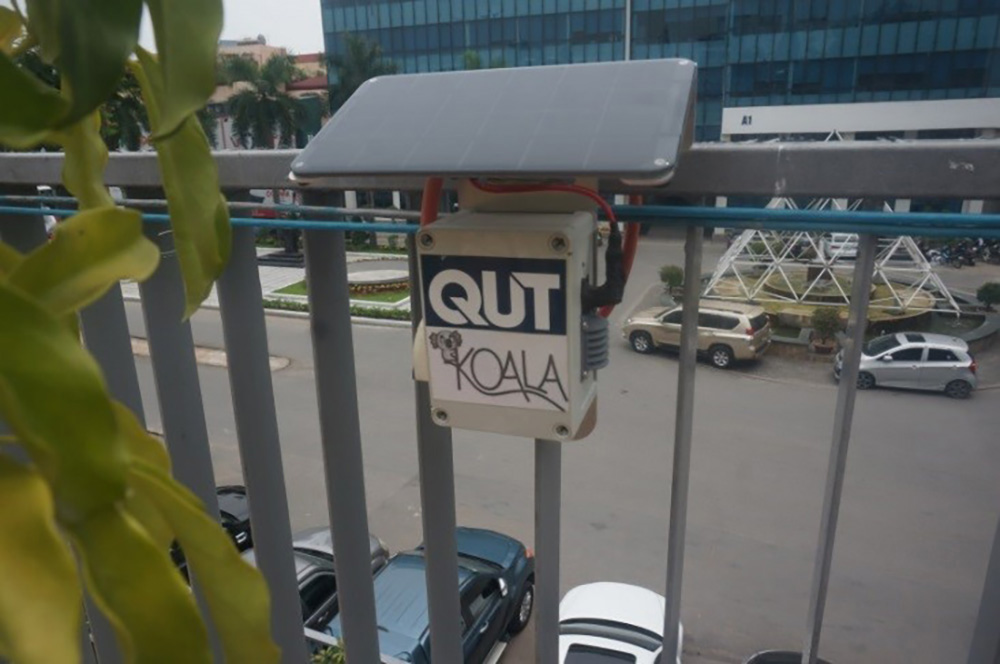
Bushfire smoke particles covering Queensland and New South Wales are more dangerous to inhale than the particles from the dust storms which blanketed Brisbane in 2009.
Professor Zoran Ristovski, from QUT’s International Laboratory for Air Quality & Health (ILAQH), said QUT had developed and deployed a network of KOALA air-quality sensors.
“We have 100 KOALA (Knowing Our Ambient Local Air-quality) portable sensor packs distributed in Australian cities and overseas which continuously monitor air pollution,” Professor Ristovski said.

“These sensors can measure particles smaller than 2.5 micrometres, or PM2.5, which are invisible to the naked eye that can, due to their very small size, deposit deep into the lungs.
“The particles from the bushfires come from burning biomass and are much smaller and of a different chemical composition than dust storm particles which makes them much more toxic when inhaled in the same quantities as dust storm particles.
“The usual level of particles we detect in the Brisbane sensor network is around 10 units (micrograms of particles per one cubic metre of air).
“On Monday, 11 November the sensors around Brisbane measured values up to 400 units, the highest level we have seen since the dust storms.”
Professor Ristovski said that today, (Thursday) the sensors indicated the levels of these toxic small particles had gone down to around 30 units.

“Although these levels are around the 25 micrograms/m3 air quality standard for PM2.5 it is still significantly higher than the usual levels of 10 units that the sensor network measures.
“If the bushfires continue, we can expect to have more days with very high levels of these tiny particles.
“The one thing we can hope will clear them would be the strong winds coming from the ocean. These will hopefully start with the coming of summer.
“In the mean time we would still advise everybody that during these high levels try to stay indoors, keep the air conditioning in the cars on recirculate (do that all of the time) and avoid any outdoor physical activity (running, biking, etc.).”
The Real-time air quality index shows measures from seven air-quality monitoring stations in the Brisbane CBD, Cannon Hill, Lytton, Rocklea, South Brisbane, Woolloongabba, Wynnum and Wynnum West.
QUT Media contacts:
Niki Widdowson, 07 3138 2999 or n.widdowson@qut.edu.au
After hours: Rose Trapnell, 0407 585 901 or media@qut.edu.au.


